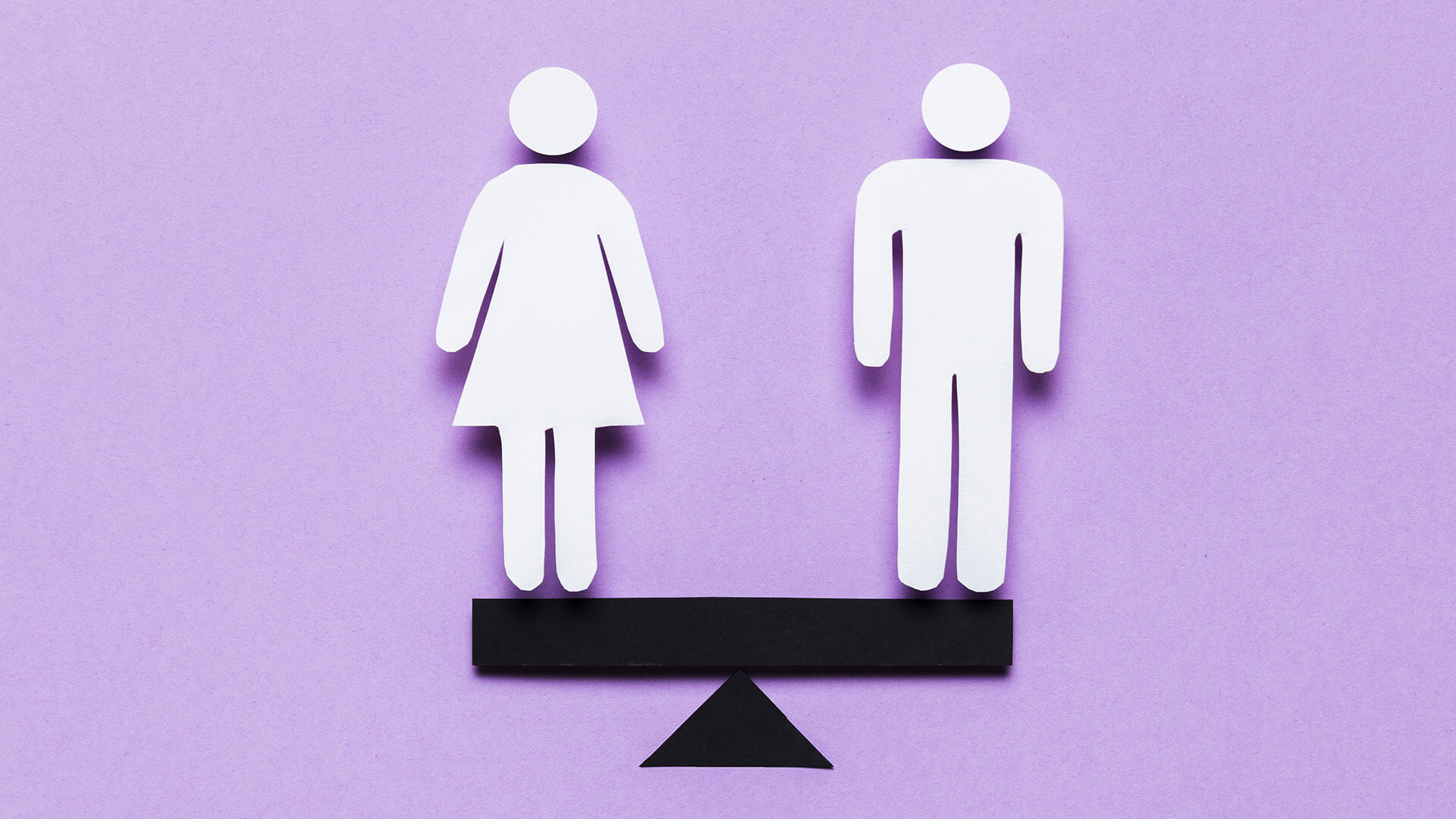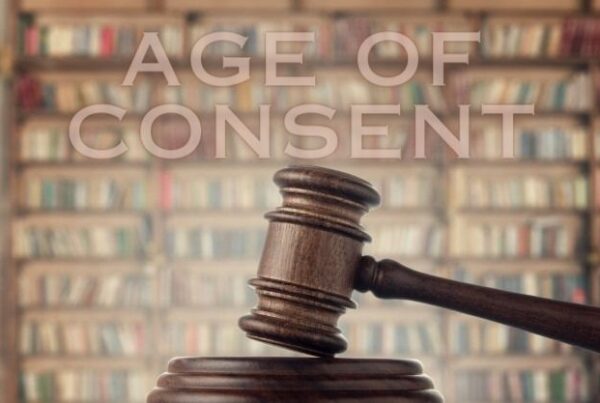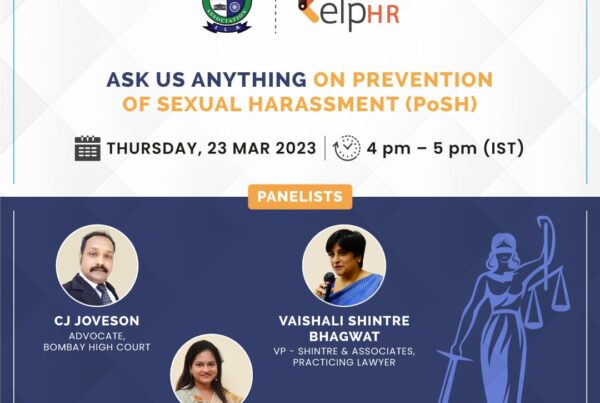Equal access to resources and opportunities regardless of gender, including economic participation and decision-making; and valuing different behaviours, aspirations and needs equally is Gender equality. Gender equality, besides being a fundamental human right, is essential to achieve peaceful societies, with full human potential and sustainable development.
Women represent half of the world’s population and, therefore, also half of its potential. Women in India are an integral part of national development. Yet, there is still a long way to go to achieve equality of rights and opportunities between men and women. We see only a quarter of women in the formal workplace. Some Indian women are global leaders and powerful voices in diverse fields but most other women and girls in India do not fully enjoy many of their rights due to deeply entrenched patriarchal views, norms, traditions and structures. Prevalence of gender discrimination, and unfair social norms and practices leads to child marriage, teenage pregnancy, child domestic work, poor education and health, sexual abuse, dowry, exploitation and violence.
The solution for gender equality may be divided in 7 parts:
Health: Focus on reducing excess female mortality in below five years of age and supporting equal care-seeking behaviour for girls and boys. Improving girls’ access to menstrual hygiene management, through well-equipped separate toilets in schools.
Nutrition: Abolition of traditional practices of negligence on nutrition and improving nutrition of women especially by promoting more equitable eating practices.
Education: Gender responsive support to enable out-of-school girls to learn and enabling more gender-responsive curricula.
Child protection: Ending child and early marriage.
Social policy: Supporting state governments to develop gender-responsive cash transfer programmes and supporting women’s leadership in local bodies.
Skilling: in various fields. Eg Financial management and vocational skills.
Legislation Protection of women by making and implementing laws against discrimination.
This article focuses on legislative reforms to achieve gender equality.
Laws for gender equality
Constitutional provisions on gender equality
Article 14 Equality before law. The State shall not deny to any person equality before the law or the equal protection of the laws within the territory of India. Equal treatment for all persons before the court. That is, the law will be blind, it will not see who is standing in the dock; male or female. There shall not be any privilege for any particular person. It means, everyone will get the same punishment for the same crime. No person shall be above the law.
Article 15 Prohibition of discrimination on grounds of religion, race, caste, sex or place of birth. No citizen shall, on grounds only of religion, race, caste, sex, place of birth or any of them, be subject to any disability, liability, restriction or condition with regard to
-access to shops, public restaurants, hotels and places of public entertainment; or
– the use of wells, tanks, bathing ghats, roads and places of public resort maintained wholly or partly out of State funds or dedicated to the use of the general public
The State shall make special provision for women and children.
Article 16 Equality of opportunity in matters of public employment 1.There shall be equality of opportunity for all citizens in matters relating to employment or appointment to any office under the State.
2. No citizen shall, on grounds only of religion, race, caste, sex, descent, place of birth, residence or any of them, be ineligible for, or discriminated against in respect or, any employment or office under the State
3. Parliament will make laws prescribing classes of employment or appointment to an office under the Government or any local authority within a State or Union territory, any requirement as to residence within that State or Union territory prior to such employment or appointment.
Maternity Benefit Act, 1961
Protects the employment of women during the time of her maternity and entitles her of a ‘maternity benefit’ – i.e. full paid absence from work – to take care for her child.
Dowry Prohibition Act, 1961
Penalty for giving or taking dowry and for demanding dowry. The same is made a criminal offence.
Immoral Traffic (Prevention) Act,1956
The act was made to suppress immoral traffic in women and children. It includes procuring, taking and even inducing a person for the sake of prostitution.
Pre-Conception and Pre-Natal Diagnostic Techniques (PCPNDT) Act, 1994
Act enacted to stop female foeticides and arrest the declining sex ratio in India. The act banned prenatal sex determination.
Indecent Representation of Women (Prohibition) Act, 1986
An Act to prohibit indecent representation of women through advertisements or in publications,
writings, paintings, figures or in any other manner.
The Sexual Harassment of Women at Workplace (Prevention, Prohibition and Redressal) Act, 2013
Act that seeks to protect women from sexual harassment at their place of work. Sexual harassment results in violation of the fundamental rights of a woman and right to practice any profession or to carry on any occupation, trade or business which includes a right to a safe environment free from sexual harassment.
Hindu Succession Act, 1956
Under the Hindu Succession Act, 1956, females are granted ownership of all property acquired either before or after the signing of the Act, abolishing their “limited owner” status by way of an amendment in the year 2005.
Equal Remuneration Act, 1976
It is the duty of employer under the Act to pay equal remuneration to men and women workers for same work or work of a similar nature. No employer can, while making recruitment for the same work or work of a similar nature, or in any condition of service subsequent to recruitment such as promotions, training or transfer, make any discrimination against women except where the employment of women in such work is prohibited or restricted by or under any law.
The Protection of Women from Domestic Violence Act, 2005
Anyone who indulges in physical or mental abuse of a woman in domestic setting shall be punished. The law also provides for other reliefs such as injunction, enforcement of right to residence, appointment of officers, maintenance, compensation, etc. A live-in relationship is also recognised as domestic setting.
Crimes against Women under IPC
Acid Attack (Sections 326A and 326B)
Rape (Sections 375, 376, 376A, 376B, 376C, 376D and 376E)
Attempt to commit rape (Section 376/511)
Kidnapping and abduction for different purposes (Sections 363–373)
Murder, Dowry death, Abetment of Suicide, etc. (Sections 302, 304B and 306)
Cruelty by husband or his relatives (Section 498A)
Outraging the modesty of women (Section 354)
Sexual harassment (Section 354A)
Assault on women with intent to disrobe a woman (Section 354B)
Voyeurism (Section 354C)
Stalking (Section 354D)
Importation of girls upto 21 years of age (Section 366B)
Word, gesture or act intended to insult the modesty of a woman (Section 509)
Some landmark Judgements on Gender Equality
Vishaka v. State of Rajasthan
As a part of her job, Bhanwari Devi attempted to terminate the marriage of an infant. However, she failed and the marriage was successful. She was gang-raped by the five men who sought vengeance upon her courage to protest against them and the concept of child marriage. A writ petition was filed by an organisation named ‘Vishaka’. The PIL action sought guidelines for the elimination of sexual abuse at the workplace. It is clear violation of the rights under Articles 14, 15,19(1)(g), 21 of Constitution. Relying on CEDAW, an international instrument to which India is a signatory, the court laid down the historic Vishaka Guidelines.These directions were made binding on all of India as law and courts had to mandatorily follow them. These guidelines were later converted verbatim into The Sexual Harassment of Women at Workplace (Prevention, Prohibition & Redressal) Act, 2013
Air 1997 Sc 3011
Air India v. Nargesh Meerza
In this gender-bending judgement by the Supreme Court, an inclusive reading of Article 14 was done and it was decided that employment cannot be denied to any person on the grounds of sex. For inflight services, stress was laid on high youth, appearance and glamour quotient of the employees. A State-owned Aviation Company named ‘Air India’, by a service regulation, mandated the air hostesses to retire if they reach the age of 35, conceiving a child or on marriage, whichever occurs earlier. Such conditions were derogating the natural course of a woman’s life.
1981 AIR 1829, 1982 SCR (1) 438
Khurana and Others v. Union of India and Others
The Cine Costume Make-up Artists and Hair Dressers Association of Mumbai (Association) was registered as a trade union under the Trade Unions Act, 1926. The Association’s by-laws prohibited qualified women make-up artists from becoming members of the Association based solely on their sex. Ms. Charu Khurana, a women make-up artist whose application for membership to the Association was rejected, challenged this prohibition on the grounds that it violated several rights under the Indian Constitution, including her rights to equality, to employment, and to a livelihood. Noting that gender justice is integral to the Indian Constitution, the Supreme Court struck down the Association’s by-laws as violating Articles 14, 15 and 21.
(2015) 1 SCC 192
Shafin Jahan v. Ashokan K.M
K.M. Asokan, father of Hadiya moved a habeas corpus petition before the High Court of Kerala. His apprehension was that his daughter was likely to be transported out of the country. The HC was informed during the course of the hearing that she had married Shafin Jahan and HC held it void. This Bench of three judges pronounced order and allowed the appeal by setting aside the judgment of the HC annulling the marriage. Bench observed that where an individual is over eighteen years of age, no fetters could be placed on her choice on where to reside or about the person with whom she could stay. The ambit of a habeas corpus petition is to trace an individual who is stated to be missing. Once the individual appears before the court and asserts that as a major, she or he is not under illegal confinement, which the court finds to be a free expression of will, that would conclude the exercise of the jurisdiction. This is a free and democratic country, and once a person becomes a major he or she can marry whosoever he/she likes. The Constitution guarantees to each individual the right freely to practise, profess and propagate religion. Choices of faith and belief as indeed choices in matters of marriage lie within an area where individual autonomy is supreme. The right to marry a person of one’s choice is integral to Article 21 of the Constitution. The superior courts, when they exercise their jurisdiction parens patriae do so in the case of persons who are incapable of asserting a free will such as minors or persons of unsound mind.
AIR 2018 SC 357
Independent Thought v. Union of India
Section 375 of IPC defines rape and has also a provision dealing with the age of consensual sex as 18. Exception 2 to Section 375 says that a husband can have non-consensual sex with his wife who is between 15 and 18 years of age. The issue raised before the apex court was to decide the legality and constitutionality of Exception 2 to Section 375 of IPC. The division bench of the Supreme Court gave concurring opinions to decide the case in the favour of petitioner. The Exception 2 of IPC creates an artificial distinction between a married girl child and an unmarried girl child without any reasonable nexus. The artificial distinction is contrary to Article 14, 15(3) and Article 21 of the Constitution. It also violates the bodily integrity and reproductive choice of the girl child and has no measures for trafficking of a girl child. Therefore, it is being arbitrary and discriminatory hindering the best interest of the girl child. Currently, a girl child is neither eligible to marry nor give a consent before 18 years. When age has been raised in all the other laws then Exception 2 by keeping the age of consent for a wife 15 year, has become unreasonable, unjust, unfair and violative of the rights of the girl child. Therefore, it is arbitrary and should be set aside.
[2017] 10 SCC 800
Reference
Vishaka v. State of Rajasthan Air 1997 Sc 3011
Air India v. Nargesh Meerza 1981 AIR 1829, 1982 SCR (1) 438
Khurana and Others v. Union of India and Others (2015) 1 SCC 192
Shafin Jahan v. Ashokan K.M AIR 2018 SC 357
Independent Thought v. Union of India [2017] 10 SCC 800




